GENERAL INFORMATION ABOUT COVID-19
Corona Virus Disease 2019 (COVID19) is a new respiratory illness that can easily be spread from person to person.
COVID-19 is spread through contact with droplets produced by a person who is sneezing or coughing or contaminated surfaces or objects.
Recent studies indicate that people who are infected but do not have symptoms likely also play a role in the spread of COVID-19.
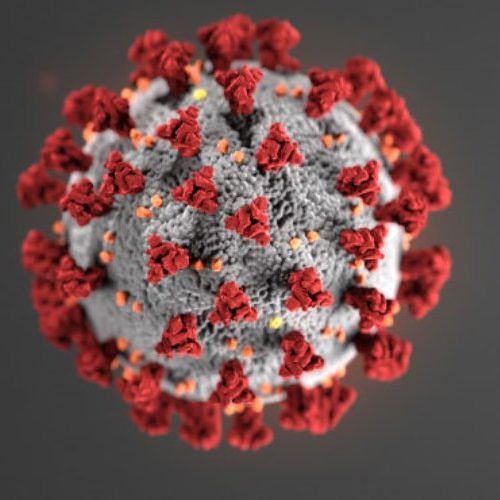
Flagship Projects and Activities being Undertaken
COVID-19 Vaccination
We offer 1, 2 and booster shots at the KEMRI Medical Centre every Tuesday and Wednesday.
Whole Genome Sequencing
Corona Virus Disease 2019 (COVID19) is a new respiratory illness that can easily be spread from person to person.
Evaluation of COVID-19 screening Kits
The Institute has been tasked to evaluate all diagnostic kits in the market. • Arrangements are in place to collect both blood and nasal swabs samples from COVID-19 positive and suspected cases
Virus Transport Media (VTM)
VTM production is ongoing with over 3,000 liters already produced and some deliveries made to Mombasa Hospital among other Public Health facilities.
The VTM is not only being produced for Kenya, but some regional countries have also expressed interest such as Rwanda, Uganda & Somalia.
At the moment, the Market demands at least 10 million quantities of VTM. The KEMRI Production Department is able to produce up to 10,000 liters a day. The shelf life of VTM is six months, however, can be used up to 12 years from the date of manufacture.
Although its Quality Control (QC) was done internally, plans are underway to have an external evaluation by the Africa CDC among other local & International Institutions
Point of Care (PoCT) Kit Production
The process has started and in a few weeks, the Institute will launch its own PoCTs kits.
Branding, strategy and designing have already commenced
Development of PCR Kits
Plans are advanced to develop the PCR kits. Already the procurement of the DNA synthesizer is being done by KEMRI.
COVID-19 Primers have also been availed by our collaborators.
RNA/DNA polymerase will be produced by KEMRI
Testing Drug Efficacy
To commence with testing certain formulations including herbal products
Commercialization of KEMRI PoCTs
PoCT production will increase from 3000 to 10,000 pieces in the coming months as the need increases.
PoCT prequalification by WHO and Africa CDC process to be put in place as soon as the kits are in place.
COVID-19 Vaccine Development
Vaccine candidate for COVID-19 is also being explored. A multi-centre approach has been put in place towards this end.
Hand Sanitizers (KEM-rub)
Approximately 100,000 litres of hand sanitizers have been produced and supplied to various stakeholders including counties such as Lamu, Taveta, Machakos & government facilities.
A proposal has been developed for the production of alcohol-based hand sanitizer (KEM-Rub) within KEMRI.
There are also considered to strengthen TBcide production as well as rebrand it
Provision of COVID-19 Testing
Supporting the National Testing for COVID-19. Mass Testing Capabilities of about 37,600 cases with machines at KEMRI Centers in Nairobi, Kisumu, Busia, Kericho and Kilifi.
So far KEMRI laboratories have conducted over 7,000 tests.
Capacity Building & Training
Improvement of skills and knowledge for health workers at county level.
KEMRI is involved in the validation of laboratories to test against COVID-19 for all 47 counties.
Institute is also involved in training laboratory staff on actual testing and preparedness.
Lessons learned to inform future pandemic preparedness include equipping people with skills and equipment.
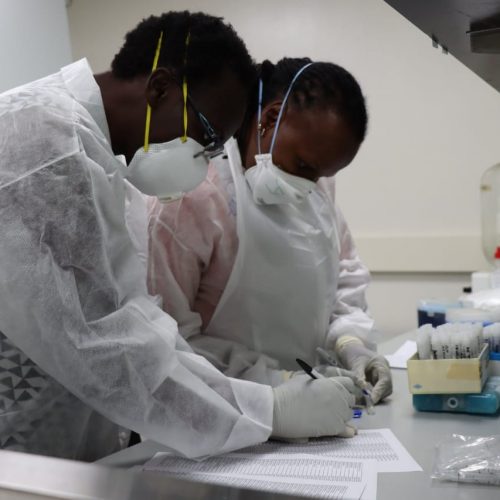
ChAdOx1 nCOV -19 Vaccine Trial Frequently Asked Questions (FAQs)
1. What is the ChAdOx1 Vaccine Trial? This trial aims to assess whether the ChAdOx1 vaccine is safe, effective and provides immunity against COVID-19 in adults aged 18 years and above.
2. How long will the vaccine trial run? After starting, the trial will run for 24 months.
3. Why conduct the trial in Kenya? A vaccine which works in one population does not necessarily work in all populations, therefore it’s important to find out whether the trial vaccine works among Kenyan populations to ensure that Kenyans can benefit from the vaccine if it proves to be successful.
1. Where will the trial take place? The initial recruitment site will be Kilifi and recruitment outside Kilifi County will be responsive to the epidemic and may include Mombasa.
4. Why is the trial being conducted in Kilifi? Effective follow up is very critical in a phase 1 and 2 trial, and this follow up is easier in a Demographic Surveillance System, which we have in Kilifi.
5. How many people will be recruited into this trial? A total of 400 adult volunteers will be recruited for both phase 1b and phase 2.
6. Who can participate in this trial? This trial will only enrol frontline workers in key service areas such as healthcare workers, truck drivers, security personnel among others, over the age of 18 years.
7. What are the phases of this vaccine trial? The study involves two phases. In the first phase 40 participants will be recruited; followed by 360 volunteers recruited in the second phase of the study.
8. Is this vaccine safe? Potential risk to participants is low and is mainly related to collecting blood samples and vaccination.
9. Is this Vaccine safe? This trial vaccine has so far been given to over 8000 volunteers in the UK, South Africa and Brazil, and no significant safety concerns have been seen.
10. The vaccine trial was stopped in other countries, why are you testing it in Kenya? The trial was temporarily paused when one volunteer developed an unexpected illness. Trial pausing is a standard procedure which allows an independent body to investigate the cause of an illness that has occurred in a trial volunteer. While the trial was paused, no participant recruitment was happening in Kenya.
11. Has the vaccine trial been completely stopped? Following independent reviews of the cause of the trial volunteer’s illness and finding that it may not have been related with the trial vaccine, the Data Safety and Monitoring Board (DSMB), has allowed the trial to proceed.
12. What is a DSMB? This is an independent committee made up of experts in biomedical research. The committee members are drawn from different parts of the world. Their work is to closely monitor safety data coming out of clinical trials. The DSBM for this Vaccine trial includes expert scientists from Kenya. The Kenyan approving authorities continue to be updated regarding all safety matters in the international trials.
13. How will you ensure the safety of participants? Participants will be closely monitored during the trial to ensure that they are healthy, and any effects of the vaccine are addressed. They will be followed up for 12 months after getting the trial vaccine.
14. Are people being paid to participate in this vaccine trial? Individuals who agree to volunteer in this trial will be reimbursed costs of participation such as refund of travel costs. They will also be compensated for other study related costs they may incur, on a standardized rate as outlined in our payment guidelines. Reimbursing volunteer costs is an ethical requirement in research.
15. What are the possible benefits for those participating? Participants will benefit by knowledge of their general health status, including whether they are infected with SARS-CoV-2 (the virus that causes COVID-19).
16. Will participants access this vaccine for free if it is found effective? If global data demonstrates safety and efficacy of this trial vaccine, the control group that received a rabies vaccine will be offered the ChAdOx1 nCOV-19 vaccine, once all appropriate protocols have been followed.
17. Who developed this vaccine? The vaccine was developed by researchers at the University of Oxford, UK in partnership with AstraZeneca.
18. How will the trial results be shared with the public? Summaries of the outcomes of the trial will be provided during community meetings in the areas from which participants are recruited. In addition, information to all stakeholders will be provided through the relevant communication and engagement channels
19. What capacity does KWTRP have to conduct this trial? KWTRP researchers have conducted large vaccine trials over the last 2 decades such as a Malaria RTSS vaccine trial and Ebola vaccine trial
20. Who is funding this trial? The trial is being funded by the Wellcome Trust and Oxford University as the sponsor
21. When do we expect results for this trial? We already have a lot of information on safety and how well the vaccine works, it’s unclear when we will determine if the vaccine prevents disease. This will depend on the pandemic, as cases fall it’s harder to demonstrate that the vaccine prevents disease.
The Institute has launched various COVID-19 related products that will be a game-changer in the fight against the pandemic in the country and region including:
- Virus Transport Media (VTM).
- KEMRub Hand Sanitizers.
- TBCide Premium.
- KEMiZyme.
- COVID-19 Rapid Test Kit.
- COVID-19 PCR Test Kits.
- COVID-19 Vaccines
SIGNS AND SYMPTOMS
Reported illnesses have ranged from mild symptoms to severe illness and death for confirmed coronavirus disease (COVID-19) cases.
COVID-19 symptoms may appear 2-14 days after exposure (based on the incubation period of MERS-CoV viruses).
- Fever
- Cough/ Sneezing
- Shortness of breath
- Headache
- Sore Throat
If you exhibit any of the symptoms contact the Ministry of health Emergency teams on 0729 471 141 or 0732 353 535
Also call or text Ministry of Health toll number 719
Prevention
COVID-19 Vaccination
Wash your hands frequently
Wash your hands often with soap and water for at least 20 seconds especially after you have been in a public place, or after blowing your nose, coughing, or sneezing.
If soap and water are not readily available, use a hand sanitizer that contains at least 60% alcohol. Cover all surfaces of your hands and rub them together until they feel dry.
Maintain social distancing
Maintain at least 1 meter (3 feet) distance between yourself and anyone who is coughing or sneezing.
Stay at home
Keeping distance from others especially Older adults and people of any age with certain serious underlying medical conditions like lung disease, heart disease, or diabetes are at higher risk for developing more serious complications from COVID-19 illness and should seek care as soon as symptoms start.
Cover coughs and sneezes
Cover your mouth and nose with a cloth face cover when around others
You could spread COVID-19 to others even if you do not feel sick. It is advisable to wear a cloth face cover when going out in Public.
Clean and disinfect surfaces
Clean and disinfect frequently touched surfaces daily. This includes tables, doorknobs, light switches, countertops, handles, desks, phones, keyboards, toilets, faucets, and sinks.
If surfaces are dirty, clean them: Use detergent or soap and water prior to disinfection.
.
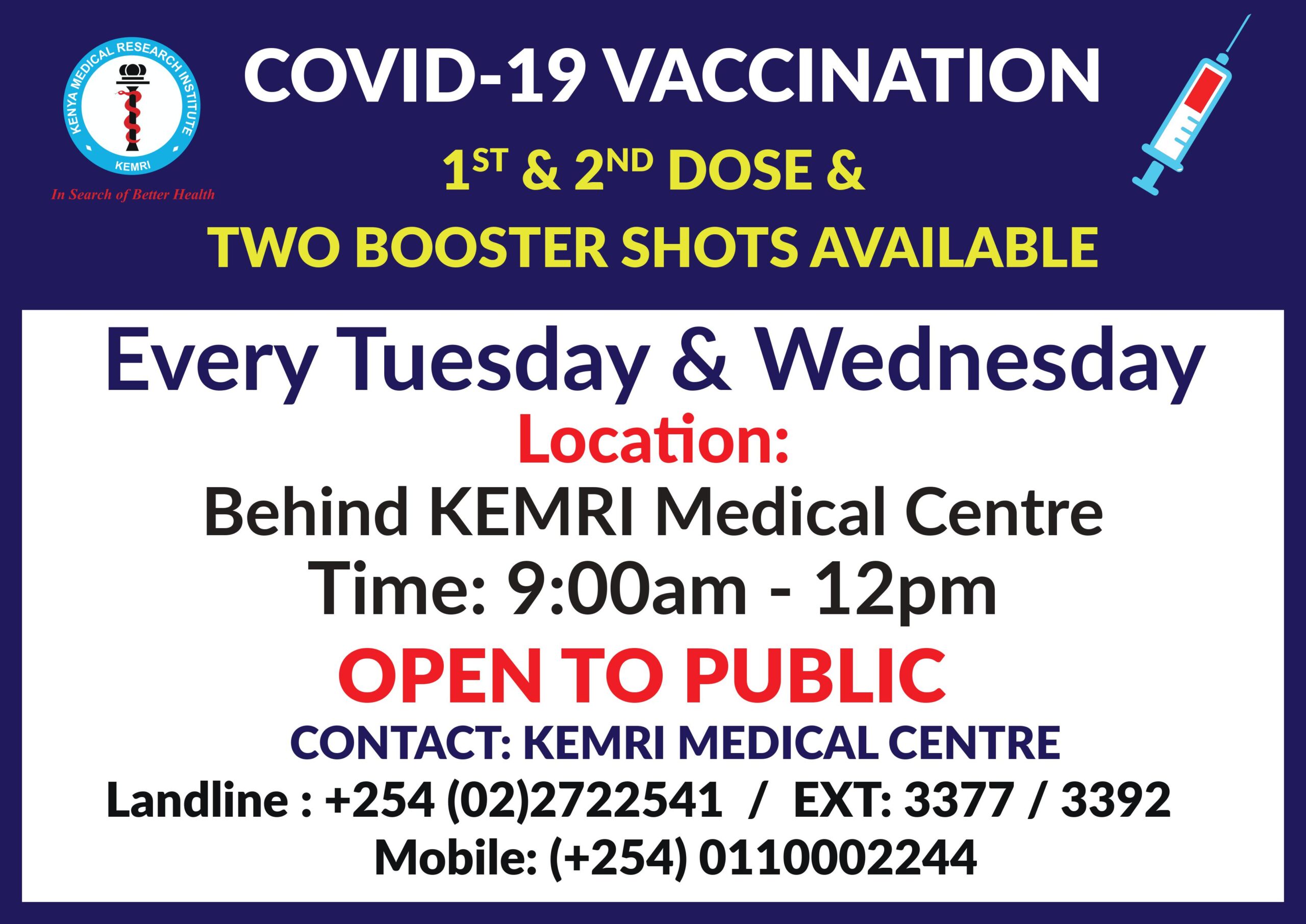
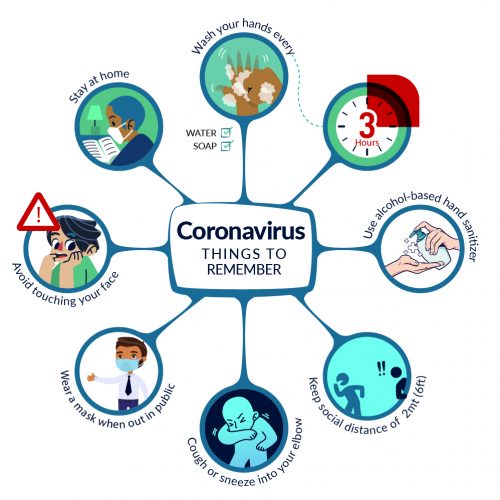
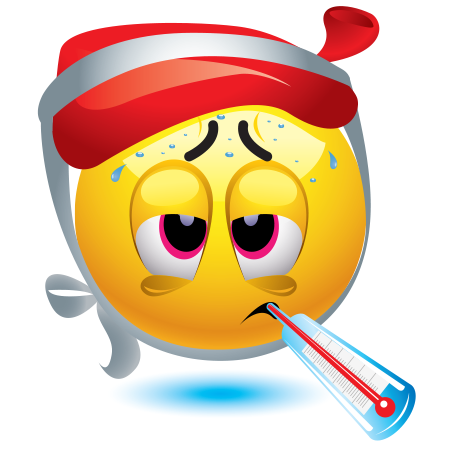
Steps to Follow
- Self Quarantine/ Isolation: If you suspect you have been exposed to COVID-19 separate yourself for 14 days to monitor if the develop symptoms.
- Stay at home and Isolation: Separate yourself from other people in your home. However, if your develop any emergency warning signs contact the Ministry of Health through its Emergency Contacts
- Wear a cloth covering/ mask over your nose and mouth.
- Avoid sharing household items.
- Clean your Hands regularly and thoroughly with water and soap for 20 seconds or us an alcohol-based sanitizer with at least 60% alcohol
- Constantly disinfect surfaces.
- Monitor your symptoms.
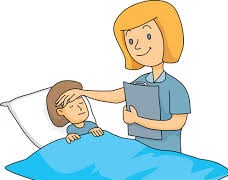
Prevent the spread of germs when caring for someone who is sick
- Have the person stay in one room, away from other people, including yourself, as much as possible.
- If possible, have them use a separate bathroom.
- Avoid sharing personal household items, like dishes, towels, and bedding
- Have them wear a cloth face covering (that covers their nose and mouth) when they are around people, including you.
- It the sick person can’t wear a cloth face covering, you should wear one while in the same room with them.
- If the sick person needs to be around others (within the home, in a vehicle, or doctor’s office), they should wear a cloth face covering that covers their mouth and nose.
- Wash your hands often with soap and water for at least 20 seconds, especially after interacting with the sick person. If soap and water are not readily available, use a hand sanitizer that contains at least 60% alcohol. Cover all surfaces of your hands and rub them together until they feel dry.
- Avoid touching your eyes, nose, and mouth.
- Every day, clean all surfaces that are touched often, like counters, tabletops, and doorknobs
- Use household cleaning sprays or wipes according to the label instructions.
- Wash laundry thoroughly.
- If laundry is soiled, wear disposable gloves and keep the soiled items away from your body while laundering. Wash your hands immediately after removing gloves.
- Avoid having any unnecessary visitors.
- For any additional questions about their care, contact their healthcare provider or state or local health department.
Provide symptom treatment
- Make sure the sick person drinks a lot of fluids to stay hydrated and rests at home.
- Over-the-counter medicines may help with symptoms.
- For most people, symptoms last a few days and get better after a week.
When to end home isolation (staying home)
- People with COVID-19 who have stayed home (are home isolated) can stop home isolation under the following conditions:
- If they will not have a test to determine if they are still contagious, they can leave home after these three things have happened:
- They have had no fever for at least 72 hours (that is three full days of no fever without the use medicine that reduces fevers)
AND - other symptoms have improved (for example, when their cough or shortness of breath have improved)
AND - at least 7 days have passed since their symptoms first appeared
- They have had no fever for at least 72 hours (that is three full days of no fever without the use medicine that reduces fevers)
- If they will be tested to determine if they are still contagious, they can leave home after these three things have happened:
- They no longer have a fever (without the use medicine that reduces fevers)
AND - other symptoms have improved (for example, when their cough or shortness of breath have improved)
AND - They received two negative tests in a row, 24 hours apart.
- They no longer have a fever (without the use medicine that reduces fevers)
- If they will not have a test to determine if they are still contagious, they can leave home after these three things have happened:
Monitor the person for worsening symptoms. Know the emergency warning signs
Educate Your Community

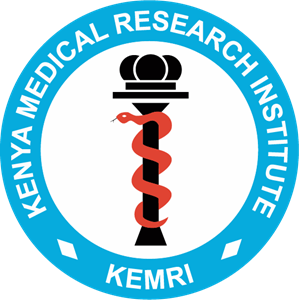
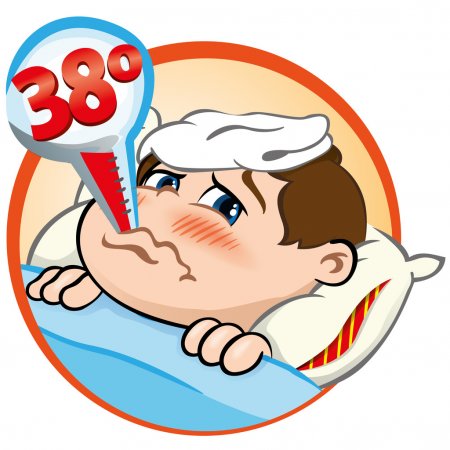
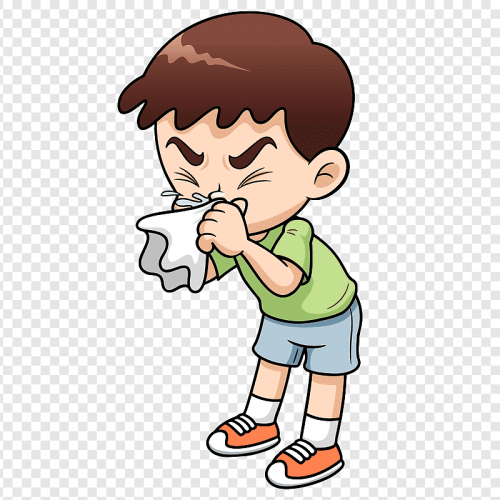
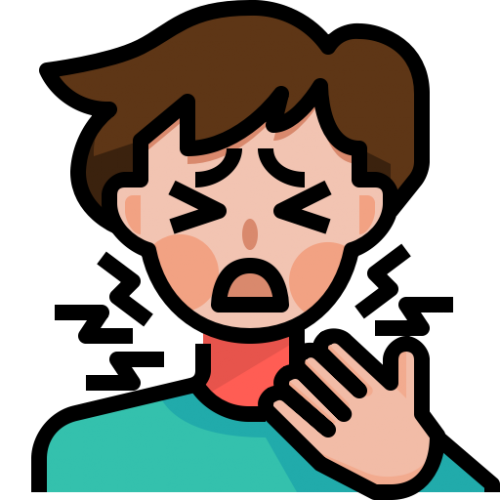

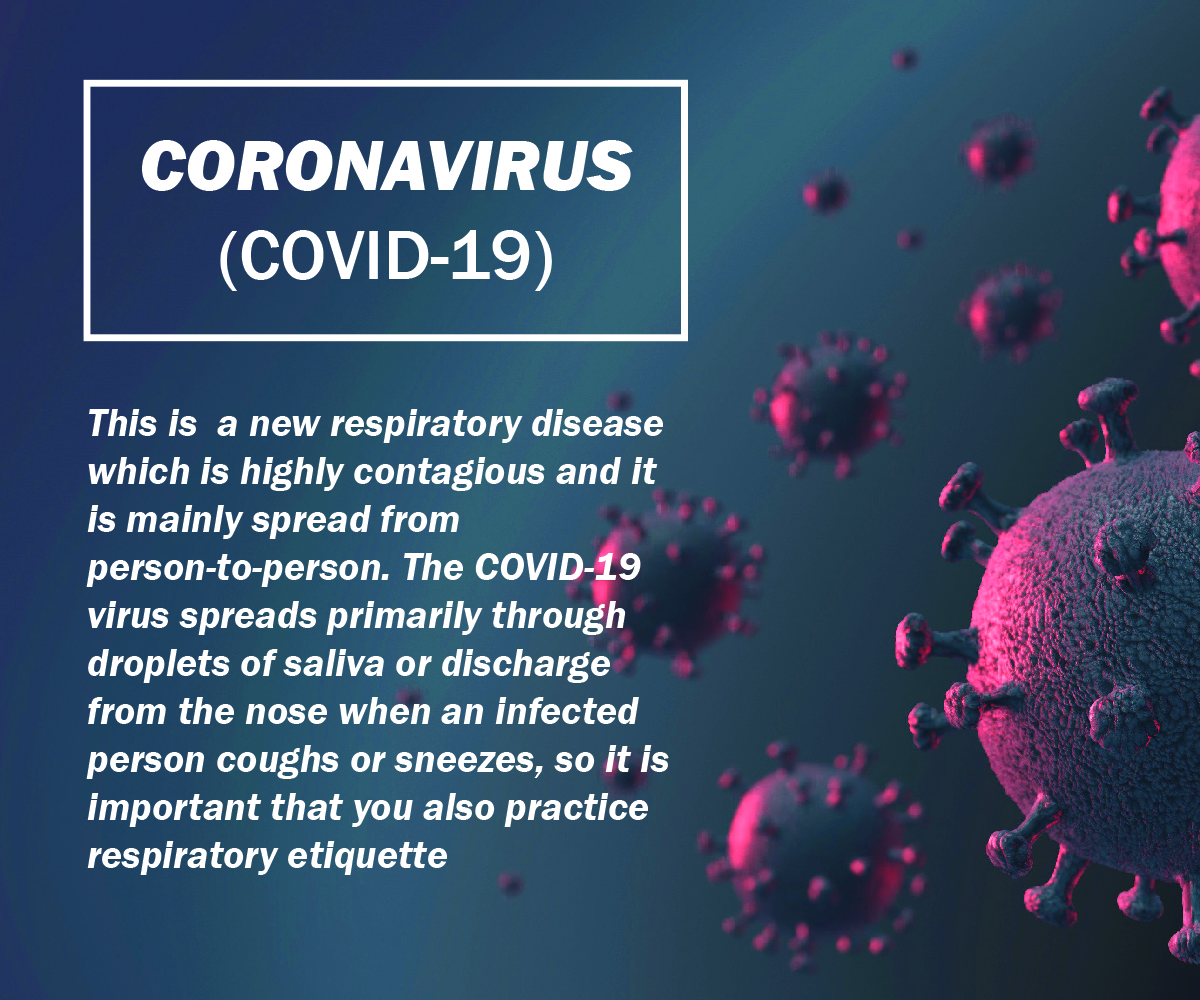
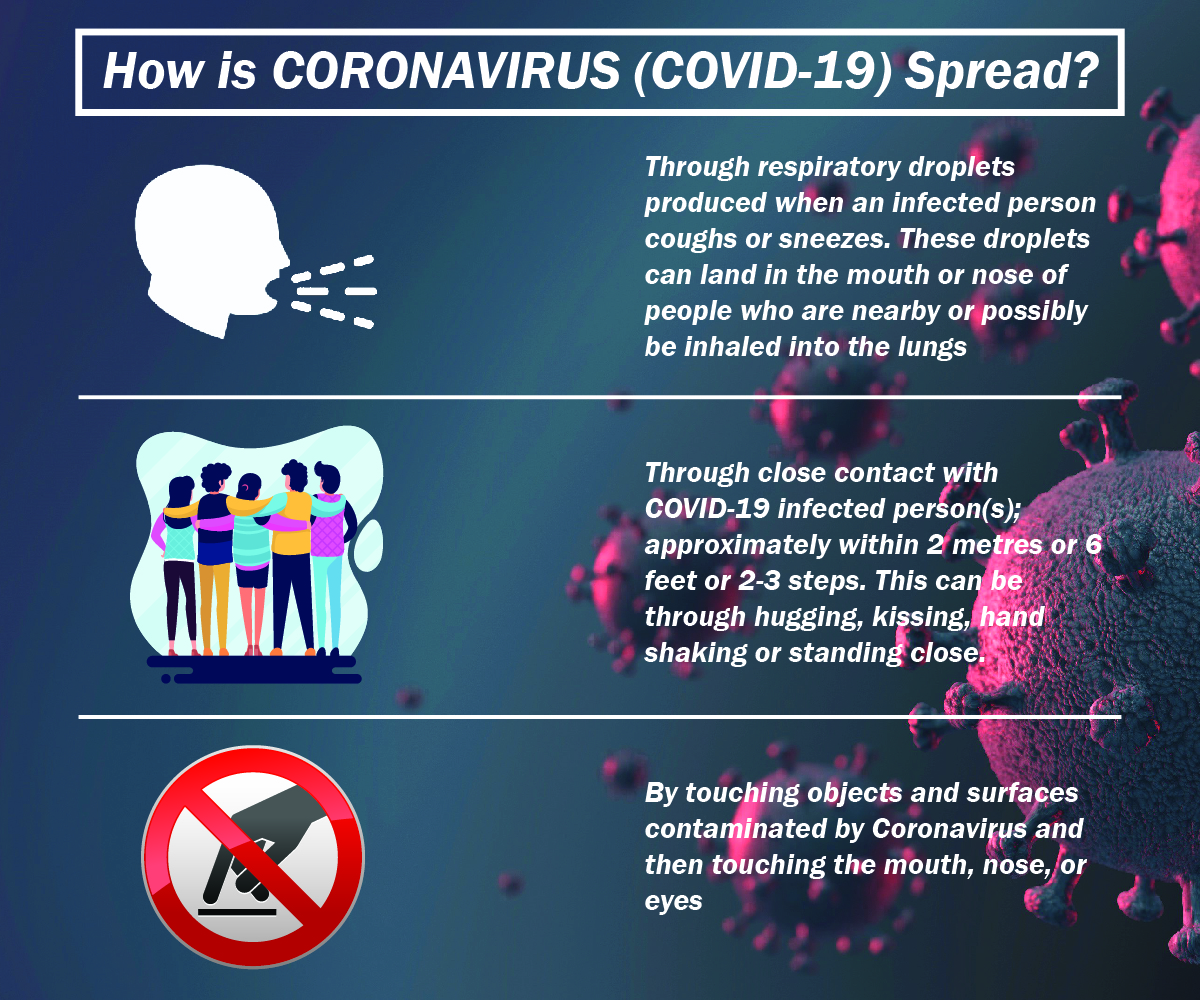
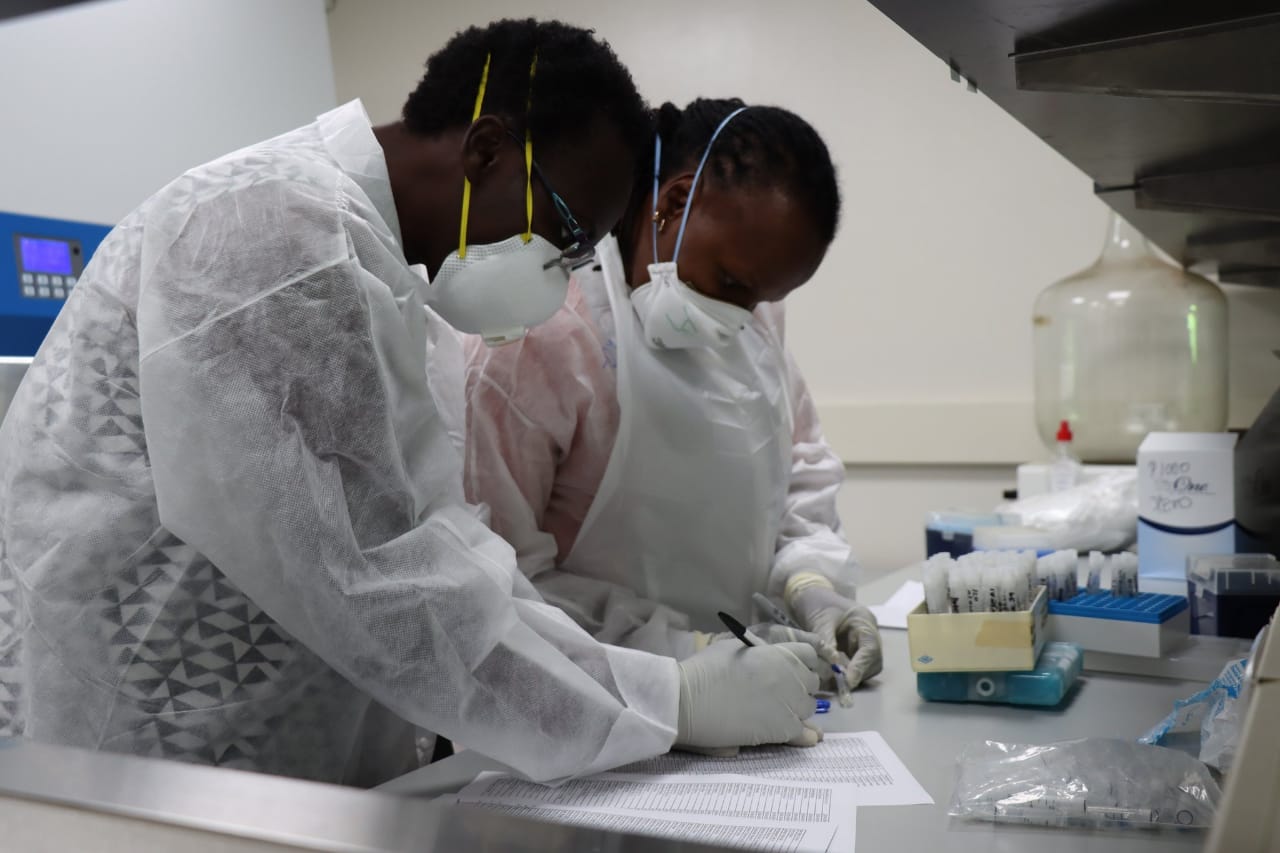
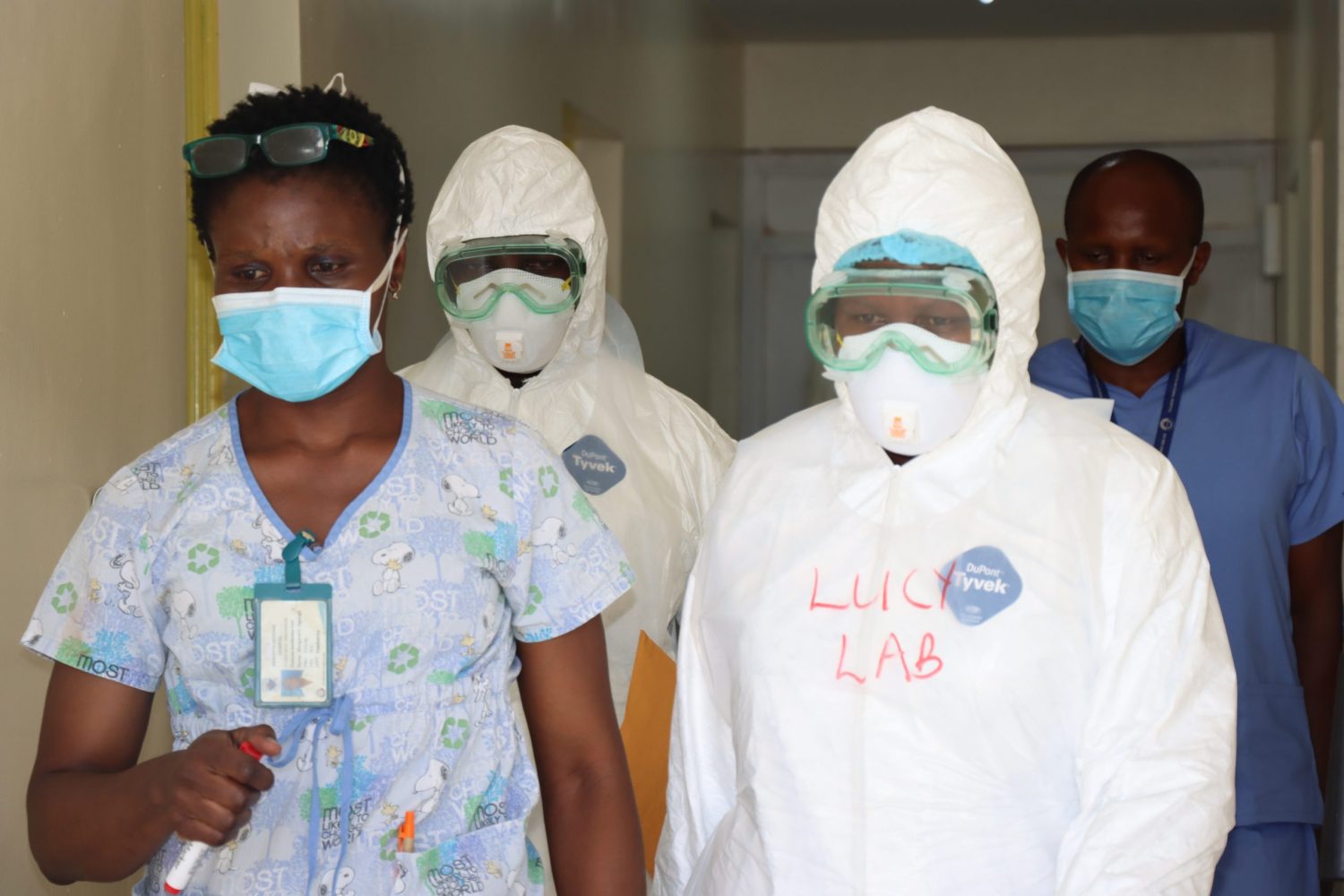
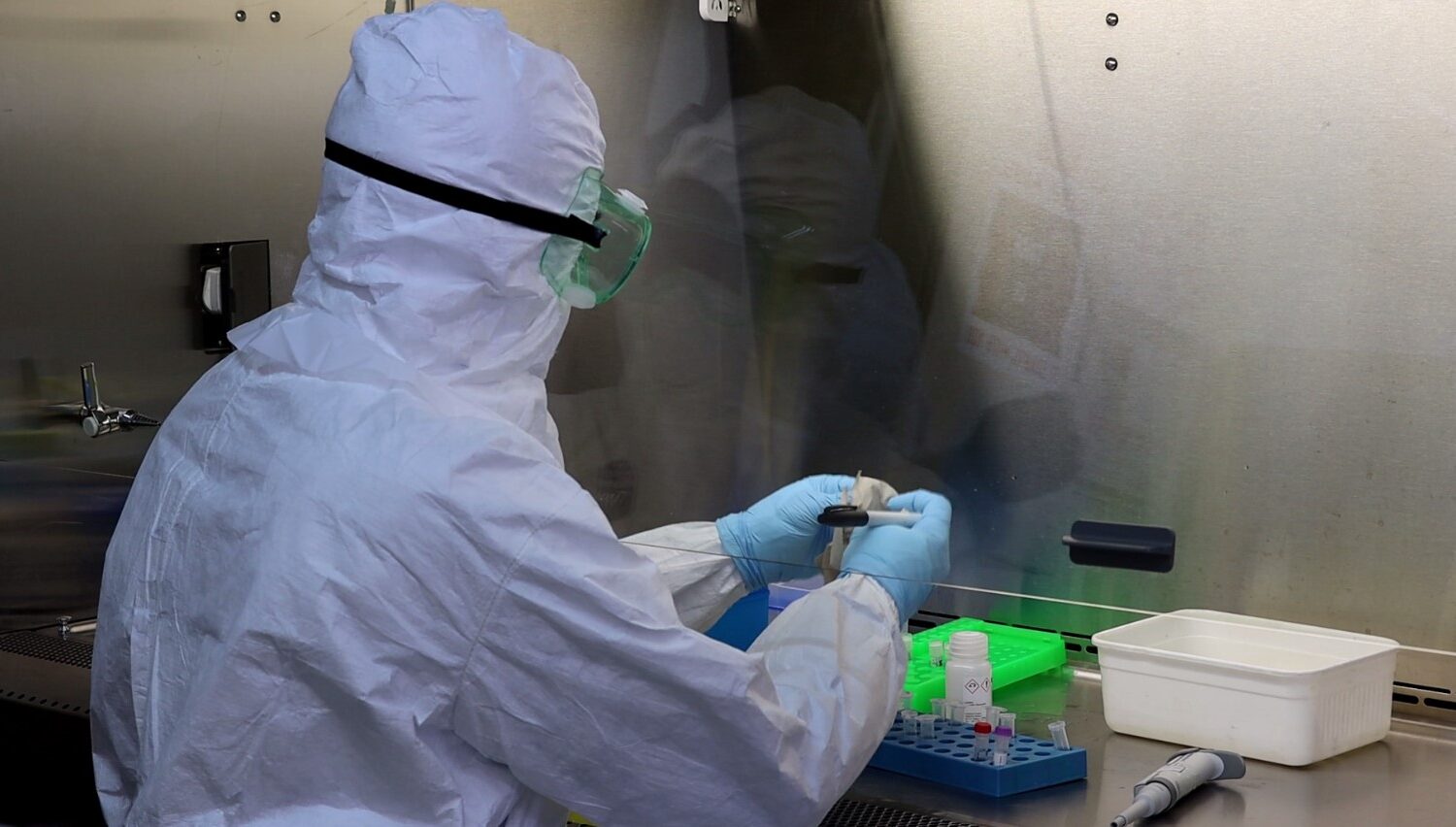
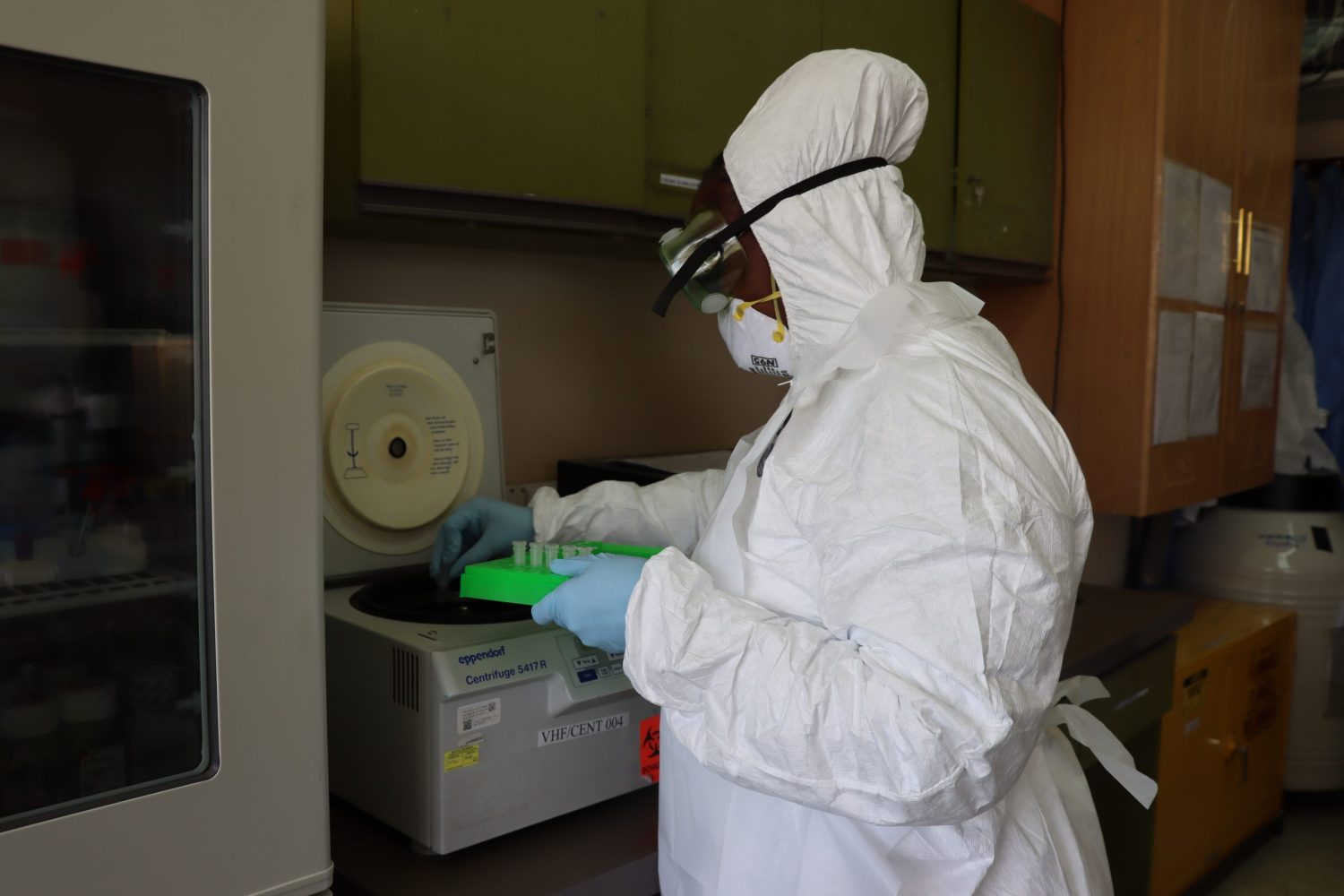
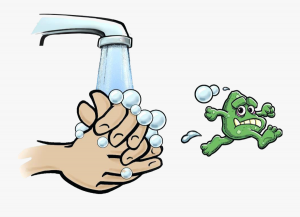 Frequently and thoroughly wash your hands with running water and soap for 20 Seconds
Frequently and thoroughly wash your hands with running water and soap for 20 Seconds